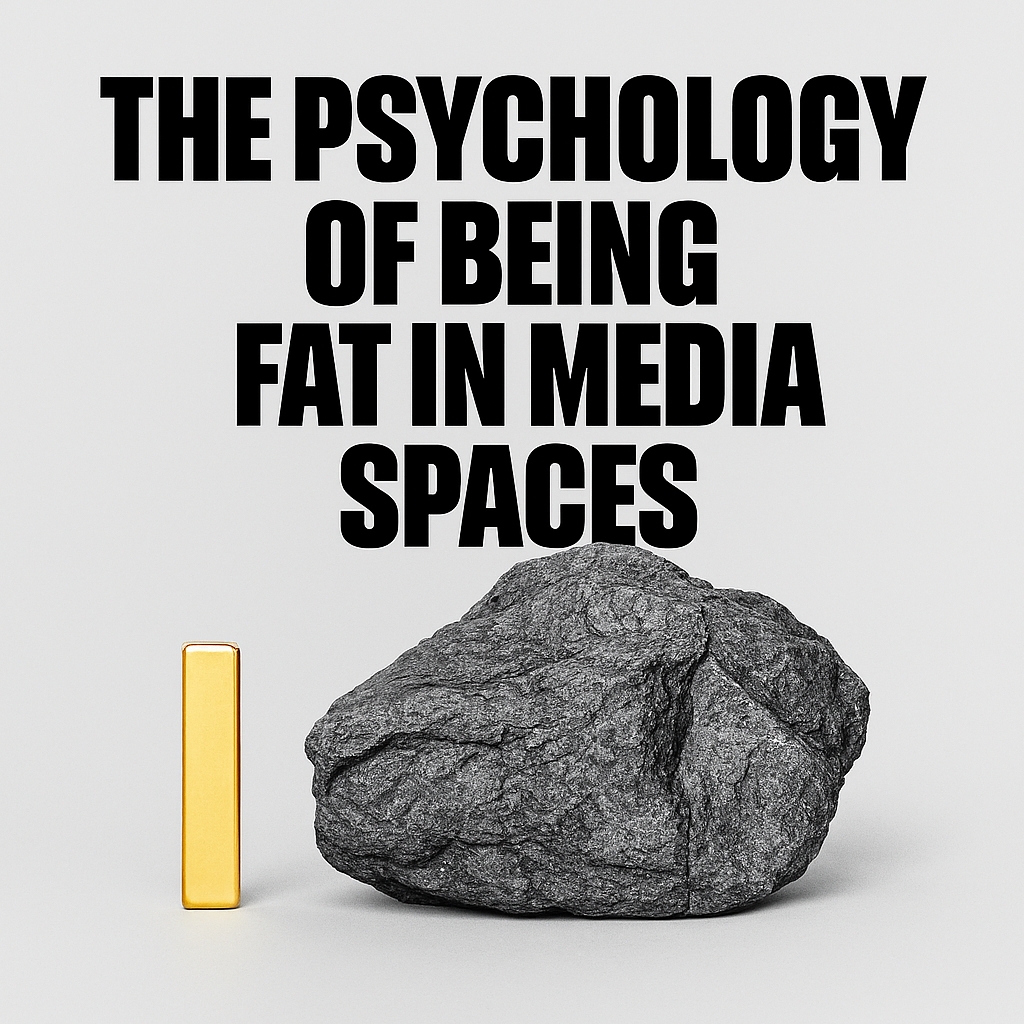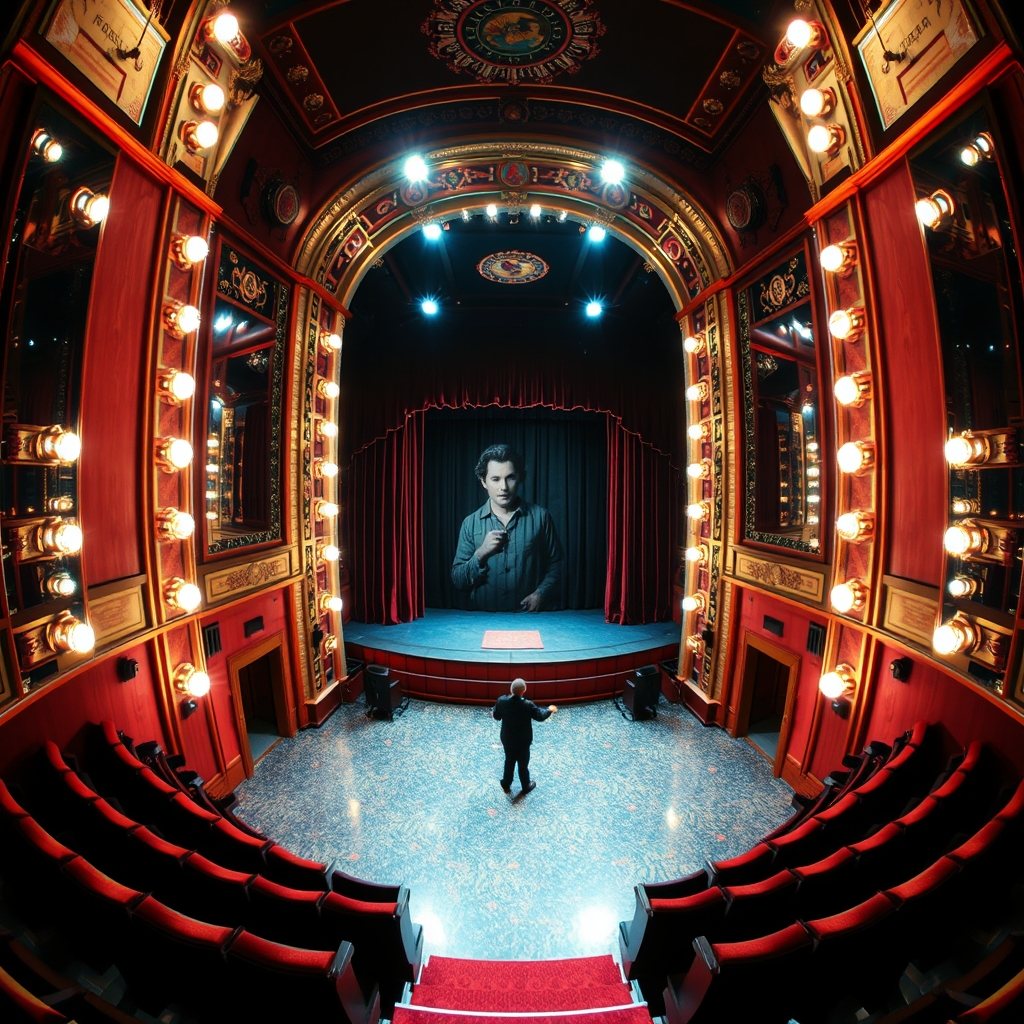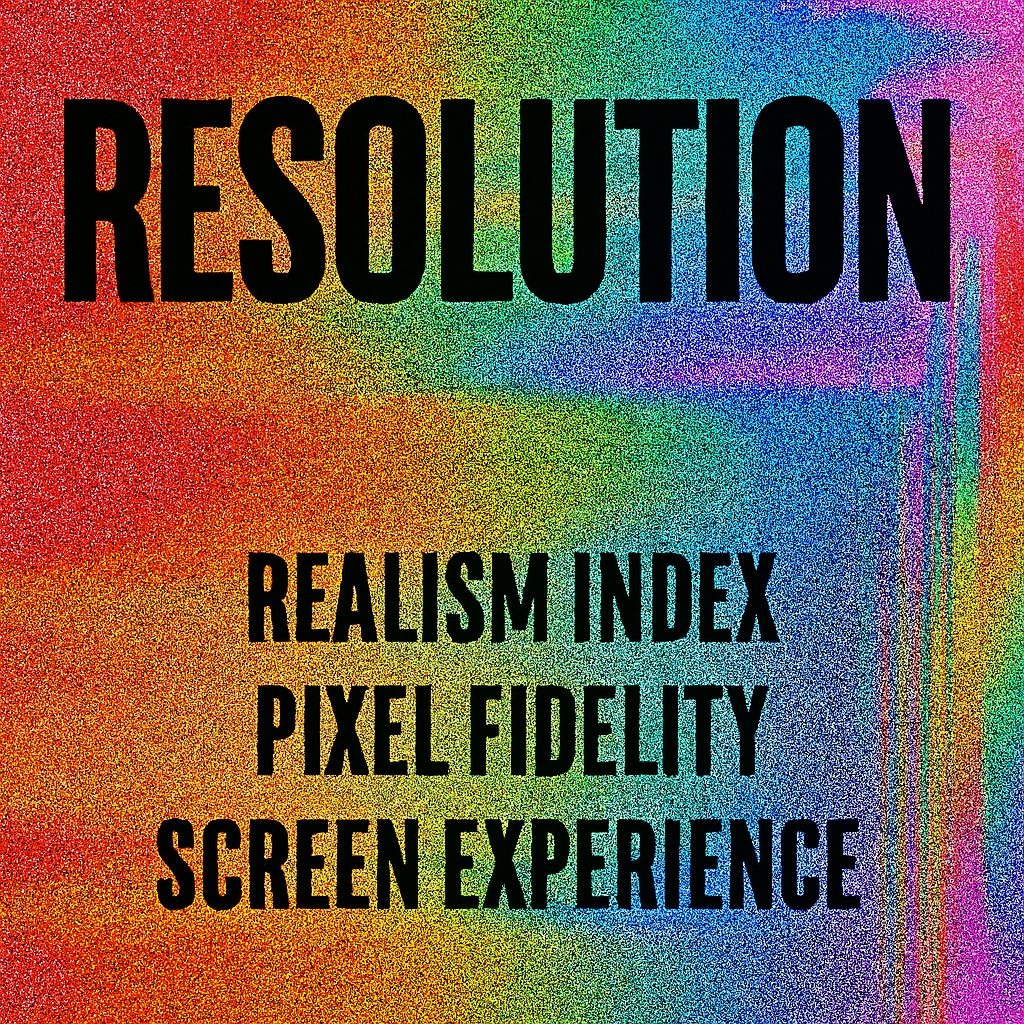IDENTITY, UTILIZATION, AND INVISIBLE TAXES OF BEING FAT IN MEDIA
Being Fat In Media – THE BODY AS A ROLE
In entertainment and media, fatness is rarely treated as a neutral trait. It is often a narrative device, a visual shorthand, or a punchline. Fat people are cast not as full characters but as symbols—of laziness, excess, humor, or failure. This symbolic reduction distorts public perception and internal identity. The psychology of being fat in media is shaped by constant misrecognition.
You are seen as a body before you are seen as a person. From casting decisions to costume design, from dialogue to framing, fatness is curated—not lived. The result is a persistent gap between how fat people are represented and how they actually feel. This gap creates emotional dissonance, social alienation, and internalized shame. The media does not just reflect bias—it manufactures it. And the cost is paid in silence, invisibility, and exhaustion.

FATNESS AS A CHARACTER TYPE – NOT A HUMAN TRAIT
Fat characters are rarely written with depth or complexity. They are often reduced to one-dimensional roles: the comic relief, the sidekick, the glutton, or the burden. These roles reinforce the idea that fatness is incompatible with heroism, romance, or intelligence. Fat protagonists are almost nonexistent, and when they appear, their storylines revolve around weight loss or self-deprecation.
The character’s body becomes the plot. This reduction strips fat individuals of emotional nuance and symbolic agency. Fatness is treated as a problem to be solved, not a trait to be understood. Even in ensemble casts, fat characters are visually and narratively sidelined. Their presence is tolerated but not celebrated. The audience is trained to laugh at them, pity them, or ignore them. This conditioning shapes public attitudes and personal self-worth. Fatness becomes a role, not a reality.
Table – Common Fat Character Tropes in Media
| Trope | Description | Emotional Impact |
|---|---|---|
| Comic Relief | Used for jokes and physical humor | Humiliation, invisibility |
| Glutton | Constantly eating or obsessed with food | Shame, stereotype reinforcement |
| Sidekick | Loyal but never central | Marginalization, dependency |
| Burden | Slows down or complicates group dynamics | Guilt, rejection |
| Redemption Arc | Only valued after weight loss | Conditional acceptance |
VISUAL FRAMING – HOW FATNESS IS SHOT
Camera angles, lighting, and framing techniques often exaggerate fatness. Low angles make bodies look larger, while tight framing isolates them. Fat characters are rarely filmed with the same grace or intimacy as thin ones. They are positioned at the edge of the frame, behind others, or in comic contrast. Costume design often emphasizes bulk rather than personality. Wardrobe choices reinforce stereotypes—baggy clothes, loud prints, or infantilizing accessories. Makeup and hair styling rarely reflect individuality.
Instead, fatness is visually coded as undesirable or ridiculous. These choices are not neutral—they are editorial decisions. They shape how audiences perceive fat bodies and how fat actors feel on set. The visual language of fatness is one of distortion and distance. It denies beauty, complexity, and dignity. And it teaches viewers to do the same.
Table – Visual Techniques Used to Frame Fat Characters
| Technique | Effect on Perception | Psychological Consequence |
|---|---|---|
| Low Angle | Exaggerates size | Embarrassment, self-consciousness |
| Tight Framing | Isolates character | Alienation, objectification |
| Comic Contrast | Juxtaposed with thin characters | Humiliation, inferiority |
| Costume Emphasis | Highlights bulk over style | Shame, loss of identity |
| Background Placement | Keeps character out of focus | Marginalization, invisibility |
DIALOGUE AND SCRIPTING – LANGUAGE AS A WEAPON
The words given to fat characters often reinforce stigma. They are written to joke about their own bodies, apologize for their presence, or obsess over food. Dialogue rarely reflects emotional depth or intellectual nuance. Fat characters are not allowed to be poetic, philosophical, or romantic. Their speech is functional, comedic, or self-effacing. This scripting reinforces the idea that fat people are not serious or complex.
Even when fat characters are central, their lines are filtered through stereotype. Writers often use food metaphors, weight jokes, or diet culture references. These choices shape audience perception and actor experience. The language becomes a mirror of societal bias. It teaches fat individuals to speak in shame, not in truth. And it silences the voices that could challenge the narrative.
Table – Language Patterns in Fat Character Dialogue
| Pattern | Example Phrase | Implication |
|---|---|---|
| Self-Deprecation | “I’m just the big one” | Internalized shame |
| Food Obsession | “I could eat a horse” | Stereotype reinforcement |
| Apology | “Sorry I take up so much space” | Guilt, self-erasure |
| Comic Exaggeration | “I’m not fat, I’m fluffy” | Deflection, denial |
| Diet Culture | “I’m on a cleanse again” | Conditional worth |
CASTING PRACTICES – WHO GETS TO BE FAT
Casting decisions often reflect deep bias. Fat actors are rarely considered for lead roles unless the plot centers on their weight. Thin actors are frequently cast in fat suits, erasing lived experience. This practice reinforces the idea that fatness is a costume, not a reality. It denies fat performers access to visibility, income, and artistic growth.
Even when fat actors are cast, they are often asked to lose weight or play stereotypical roles. Auditions for fat characters include humiliating requirements—eating on camera, wearing degrading outfits, or performing slapstick. These experiences shape how fat actors see themselves and their craft. The industry treats fatness as a liability, not a perspective. It rewards conformity and punishes authenticity. Casting is not just about talent—it’s about who is allowed to be seen. And fatness is often excluded from that permission.
Table – Casting Bias in Fat Representation
| Practice | Description | Impact on Fat Actors |
|---|---|---|
| Fat Suit Casting | Thin actors in prosthetics | Erasure, invalidation |
| Weight-Centric Roles | Only cast when plot is about fatness | Typecasting, limited opportunity |
| Humiliating Auditions | Required to perform degrading acts | Shame, trauma |
| Weight Loss Pressure | Asked to slim down for roles | Health risk, emotional toll |
| Visibility Limits | Rarely cast in romantic or heroic roles | Marginalization, invisibility |
INDUSTRY EXPECTATIONS – THE UNWRITTEN RULES OF BODY COMPLIANCE
In entertainment, there are unspoken rules about how bodies should look, move, and behave. Fat performers are often expected to compensate for their size with exaggerated charisma, self-deprecating humor, or submissive energy. There’s pressure to be “the good fat person”—grateful, agreeable, and never too ambitious. These expectations are rarely stated outright but are enforced through casting, feedback, and career stagnation. Fat actors who resist these norms are labeled “difficult” or “unmarketable.” Even behind the camera, fat creatives face assumptions about their competence, discipline, or aesthetic taste. The industry rewards those who conform to thinness—not just physically, but ideologically. Fatness is treated as a deviation from professionalism, not a variation of humanity.
This creates a constant tension between authenticity and employability. The psychological toll is cumulative—self-monitoring, emotional labor, and chronic imposter syndrome. Fat creatives often feel they must earn their place twice: once for their talent, and again for their body. These unwritten rules shape who gets to succeed, and how. And they rarely favor those who live outside the aesthetic norm.

INTERNALIZED GAZE – SEEING YOURSELF THROUGH THEIR EYES
When you are constantly portrayed as a joke, a burden, or a background figure, you begin to see yourself that way. This is the internalized gaze—the psychological process of adopting the distorted lens through which others view you. Fat individuals in media often absorb the stereotypes they see, even when they know they’re false. You start to anticipate rejection, ridicule, or invisibility before it happens.
This shapes how you speak, dress, move, and dream. You may avoid auditions, relationships, or leadership roles because you assume you’re not “the type.” The internalized gaze is not just about shame—it’s about limitation. It narrows your sense of possibility. It teaches you to shrink, apologize, and defer. Undoing this gaze requires more than self-love—it requires cultural repair. Media representation doesn’t just reflect identity—it constructs it. And when that construction is hostile, the damage is intimate and enduring.
FATNESS IN COMEDY – LAUGHTER AS CONTROL
Comedy has long used fatness as a punchline. From slapstick falls to food-obsessed characters, fat bodies are positioned as inherently funny. But the joke is rarely about wit—it’s about humiliation. Fat characters are laughed at, not with. Their pain is played for laughs, their dignity sacrificed for audience comfort.
This dynamic reinforces the idea that fatness is inherently absurd. It also teaches fat individuals to perform their own degradation to be accepted. Many fat comedians feel pressured to joke about their bodies before anyone else can. This preemptive self-mockery becomes a survival strategy. But it also reinforces the very stigma they hope to escape. Comedy can be a tool of liberation—but only when it punches up, not down. When fatness is the joke, the person disappears. And the audience learns to laugh at pain, not with empathy.

FATNESS AND DESIRABILITY – WHO GETS TO BE WANTED
In media, fat characters are rarely portrayed as objects of desire. Romantic storylines are reserved for thin bodies, while fat characters are cast as the friend, the obstacle, or the punchline. When fat people are shown in relationships, the dynamics are often imbalanced—one partner is thin, dominant, or ashamed. These portrayals reinforce the idea that fatness is incompatible with love, sex, or intimacy. This has real-world consequences. Fat individuals often internalize the belief that they are unlovable or undesirable. They may settle for less, hide their bodies, or avoid dating altogether.
The absence of fat desire in media is not accidental—it’s ideological. It reflects a culture that equates thinness with worth. Reclaiming desirability means challenging not just casting, but the entire visual language of romance. Fat people deserve to be seen as lovers, not just supporters. And that visibility changes everything.
TABLE – REPRESENTATION OF ROMANCE BY BODY TYPE IN MAINSTREAM FILM
| Body Type | Frequency of Romantic Lead Roles | Common Tropes |
|---|---|---|
| Thin | Very High | Hero, love interest, idealized |
| Athletic | High | Action hero, protector |
| Fat | Very Low | Comic relief, sidekick, burden |
| Plus-Size Women | Low | “Before and after” arcs |
| Plus-Size Men | Low | Goofy dad, food-obsessed friend |
FATNESS IN CHILDREN’S MEDIA – EARLY CONDITIONING
Fat characters in children’s media are often exaggerated, ridiculed, or villainized. From animated sidekicks to greedy antagonists, fatness is coded as either foolish or morally flawed. These portrayals shape how children view themselves and others. A fat child watching these shows learns early that their body is a problem. They may begin to mimic the self-deprecating humor they see, or withdraw from social situations. Teachers, peers, and even parents absorb these messages and reinforce them.
The result is early-onset body shame, disordered eating, and social anxiety. Children’s media has the power to shape empathy—but it often chooses mockery. Fatness is rarely shown as neutral, joyful, or powerful. Instead, it’s a warning sign, a joke, or a lesson. These narratives follow children into adulthood. They become the foundation of internalized bias. And they are entirely preventable.
TABLE – Fat Character Types in Children’s Media
| Character Type | Description | Message to Children |
|---|---|---|
| Greedy Villain | Overeats, hoards, or steals food | Fatness equals moral failure |
| Goofy Sidekick | Clumsy, silly, non-threatening | Fatness is for comic relief |
| Lazy Student | Sleeps, avoids work, underperforms | Fatness equals laziness |
| Magical Fixer | Helps others but has no arc | Fatness is service, not story |
| Absent Hero | Rarely exists | Fatness is not heroic |
WORKPLACE DYNAMICS – FATNESS AS A LIABILITY
In media workplaces—on set, in writers’ rooms, or behind the camera—fatness is often treated as a professional flaw. Fat creatives are assumed to be less disciplined, less stylish, or less marketable. These assumptions affect hiring, promotion, and collaboration. Fat professionals may be excluded from client-facing roles, denied leadership opportunities, or subjected to unsolicited health advice.
The workplace becomes a site of constant surveillance—of food, movement, and appearance. Fat employees often feel they must overperform to be seen as competent. They may avoid eating in public, speaking up in meetings, or advocating for themselves. These dynamics are rarely acknowledged but deeply felt. The emotional labor of navigating bias is exhausting. It drains creativity, confidence, and joy. Fatness is not a weakness—but the workplace often treats it as one. And that treatment has consequences.
FATNESS AND EMOTIONAL LABOR – THE COST OF CONSTANT TRANSLATION
Fat individuals in media often carry invisible emotional burdens. They must navigate how others perceive their bodies while managing their own internal reactions. This dual awareness creates a constant state of emotional translation. You’re not just performing a role—you’re performing acceptability. Fat creatives often feel responsible for making others comfortable with their presence. This includes softening their tone, minimizing their needs, and deflecting bias with humor or humility. The labor is exhausting and rarely acknowledged. It’s not part of the job description, but it’s always part of the job. Emotional labor includes anticipating rejection, absorbing microaggressions, and masking discomfort.
It also includes educating others, challenging stereotypes, and advocating for better representation. These tasks take energy away from creativity and collaboration. Fatness becomes a full-time emotional job layered on top of the actual work. The cost is cumulative—burnout, resentment, and self-doubt. And the industry rarely pays that bill.
Table – Forms of Emotional Labor Fat Creatives Perform
| Type of Labor | Description | Impact on Wellbeing |
|---|---|---|
| Self-Soothing | Managing internal reactions to bias | Fatigue, emotional suppression |
| Social Buffering | Making others comfortable with fatness | Loss of authenticity |
| Image Management | Controlling how body is perceived | Anxiety, hypervigilance |
| Advocacy | Educating others about bias | Burnout, isolation |
| Deflection | Using humor to avoid discomfort | Shame, emotional distancing |
FATNESS AND SYMBOLIC ERASURE – WHEN YOU’RE THERE BUT NOT SEEN
Fat people are often present in media but stripped of symbolic meaning. Their bodies are visible, but their stories are not. They are used to fill space, contrast thinness, or reinforce stereotypes—but rarely to convey depth. Symbolic erasure means being denied narrative weight. You’re not the hero, the thinker, the lover, or the visionary. You’re the backdrop, the obstacle, or the comic relief.
This erasure teaches audiences that fatness is incompatible with meaning. It also teaches fat individuals that their lives are less worthy of storytelling. Even when fat characters are present, they are rarely given metaphor, myth, or emotional gravity. Their arcs are shallow, their symbolism absent. This lack of narrative investment reinforces cultural invisibility. Fatness becomes a visual fact, not a narrative force. And without symbolic presence, representation remains hollow.
Table – Narrative Roles vs Symbolic Depth in Fat Characters
| Role Assigned | Symbolic Function Given | Emotional Resonance |
|---|---|---|
| Comic Relief | None | Low |
| Sidekick | Supportive only | Moderate |
| Villain | Greedy or lazy | Negative |
| Background Extra | None | None |
| Lead Character | Often weight-focused | Conditional |
FATNESS AND PERSONAL IDENTITY – WHO YOU ARE VS WHO THEY SEE
Being fat in media often means living with a split identity. There’s who you are—and who they see. Public perception is shaped by stereotypes, not lived experience. You may be intellectual, romantic, ambitious, or spiritual—but those traits are overshadowed by your body. Fatness becomes the dominant lens through which others interpret your personality.
This distortion affects relationships, career opportunities, and self-esteem. You may feel pressure to overperform in other areas to “compensate” for your size. Or you may hide parts of yourself to avoid judgment. The disconnect between internal identity and external perception creates psychological strain. It’s hard to feel whole when the world insists you’re a fragment. Media reinforces this split by flattening fat characters into caricatures. Reclaiming identity requires resisting the roles assigned to your body. It means insisting on being seen as a full person. And that insistence is both radical and necessary.
Table – Internal Identity vs External Perception in Fat Creatives
| Internal Trait | External Assumption | Resulting Conflict |
|---|---|---|
| Intelligence | Lazy or unmotivated | Undermined credibility |
| Sensitivity | Overreactive or dramatic | Emotional suppression |
| Ambition | Desperate for attention | Career hesitation |
| Style | Trying too hard | Self-censorship |
| Confidence | Arrogance or denial | Social backlash |
FATNESS AND CREATIVE CONTROL – WHO GETS TO TELL THE STORY
Fat creatives often lack control over how their bodies are portrayed. Even when they’re involved in production, decisions about framing, costuming, and dialogue are made by others. This lack of agency reinforces misrepresentation. You may be asked to play a role that contradicts your values or experience. Or your input may be dismissed as “too personal” or “not relatable.” Creative control is essential to accurate representation.
Without it, fatness is filtered through thin-centric perspectives. This leads to stories that feel false, harmful, or incomplete. Fat writers, directors, and producers are often excluded from key decisions. Their expertise is undervalued, and their authority questioned. Reclaiming creative control means reshaping the narrative from the inside. It means refusing to be a passive subject. And it means building spaces where fatness is authored, not imposed.
Table – Creative Roles and Control Over Fat Representation
| Role in Production | Level of Control Over Portrayal | Common Barriers |
|---|---|---|
| Actor | Low | Script, direction, framing |
| Writer | Moderate | Editorial override |
| Director | High | Studio pressure |
| Producer | High | Market bias |
| Costume Designer | Moderate | Stereotype reinforcement |
FATNESS AND SOCIAL Mobility – The Weight of Visibility
Fatness affects how people move through social and professional spaces. In media, visibility is currency—but fat visibility is often penalized. You may be seen, but not respected. Heard, but not believed. Fat creatives often face slower career progression, fewer opportunities, and harsher scrutiny. Their work is judged more critically, their presence more conditionally.
This creates a ceiling on mobility—both literal and symbolic. You may be praised for your talent but denied leadership. Or celebrated for your voice but excluded from decision-making. Social mobility is shaped by aesthetic norms, and fatness violates those norms. The result is a constant negotiation between visibility and viability. You’re allowed to exist, but not to ascend. And that limitation is built into the system.
Table – Fatness and Career Mobility in Media
| Career Stage | Common Challenges | Psychological Impact |
|---|---|---|
| Entry-Level | Bias in hiring, typecasting | Self-doubt, imposter syndrome |
| Mid-Level | Limited promotion, tokenism | Frustration, burnout |
| Leadership | Rare representation | Isolation, pressure |
| Freelance | Inconsistent access | Financial instability |
| Public Figure | Scrutiny, body policing | Anxiety, hypervisibility |

CONCLUSION – THE COST OF BEING SEEN BUT NOT KNOWN
To be fat in media is to be visible but misrepresented. It is to be used as a symbol, a joke, or a warning—never as a full human being. This distortion shapes how others see you and how you see yourself. It limits opportunity, erodes confidence, and extracts emotional labor.
The psychological tax is real: shame, anxiety, hypervigilance, and grief. Fatness is not the problem—bias is. And media is one of its most powerful engines. Changing this requires more than better roles—it requires a new visual and narrative language. One that treats fatness as a variation, not a deviation. One that centers dignity, not damage. Until then, fat individuals will continue to carry the weight of misrecognition. And the world will continue to miss out on their full humanity.
JOIN THE DISCUSSION
Have you ever felt reduced to your body in a creative or professional space? What media portrayals shaped how you see yourself—or how others see you? Which stories helped you feel seen, and which ones erased you? If you work in media, how do you challenge fatphobia in your practice?
#FatRepresentation #MediaBias #BodyPolitics #FatInFilm #PsychologyOfFatness #VisualBias #FatCreatives #NarrativeJustice #BodyDiversity #RepresentationMatters










The Identity Performance Desire To Be Rebellious You
[…] common in trauma survivors, displaced individuals, and emotionally overwhelmed personalities. The escape is not always conscious—it may be reflexive. Observers may interpret it as creativity or rebellion. But it often reflects emotional avoidance. […]